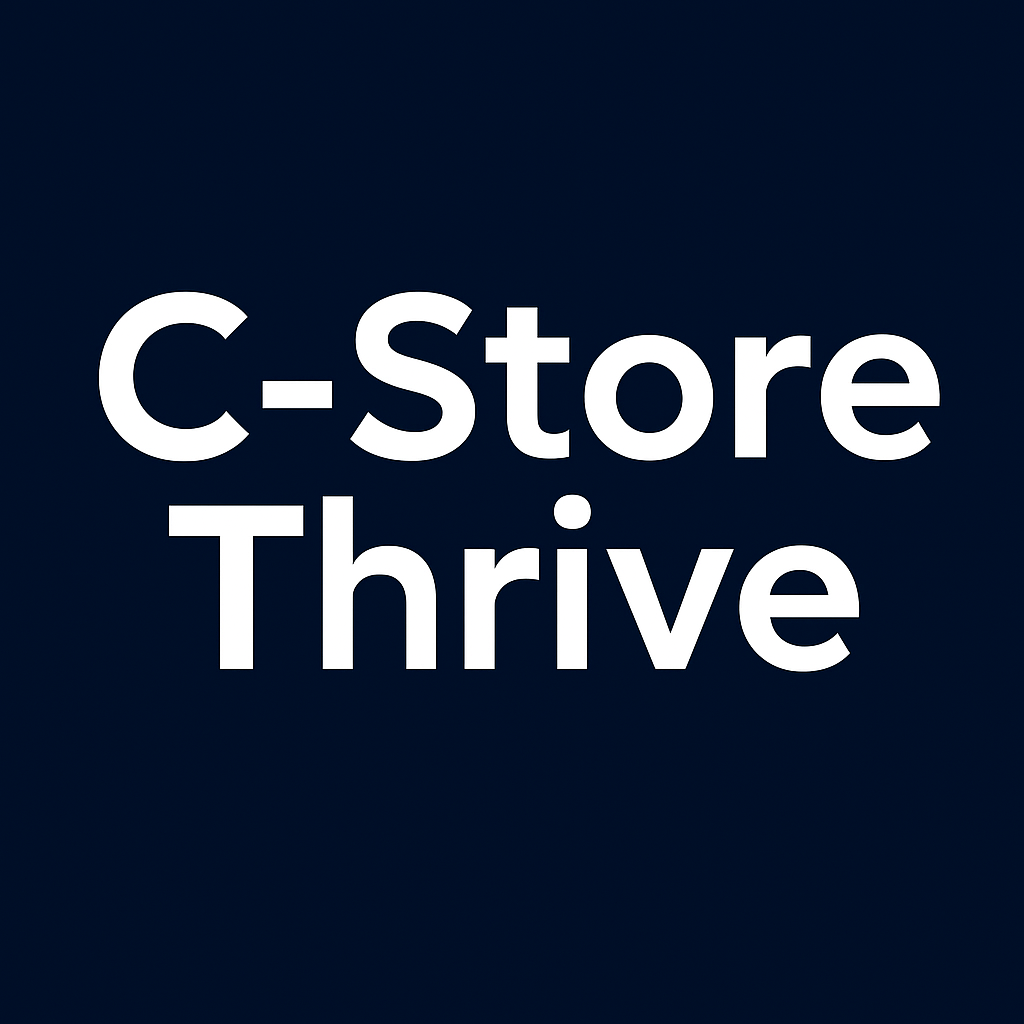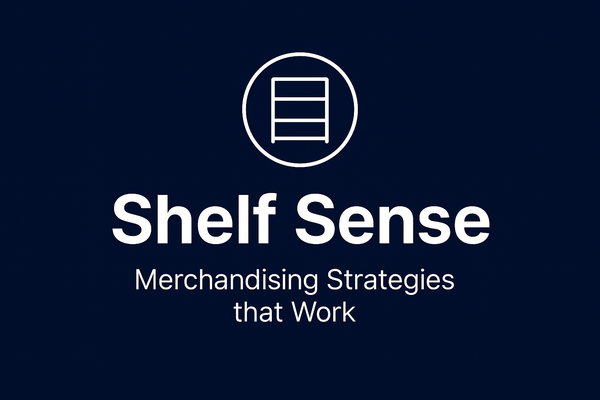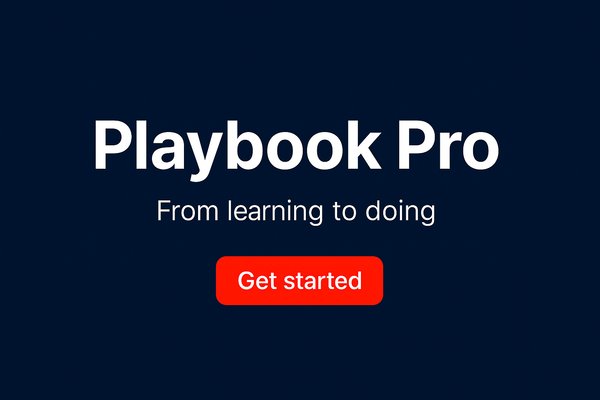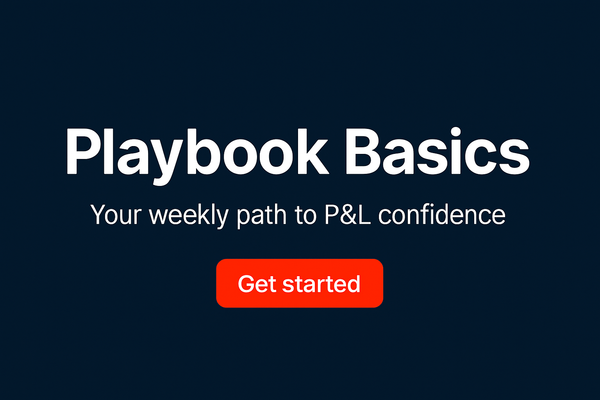The Hidden Price Tag of Poor Hiring: How Bad Employee Decisions Drain Convenience Store Profits
Poor hiring costs $3,242+ per manager replacement, but hidden costs from productivity loss, customer damage & shrink are 3-5x higher.
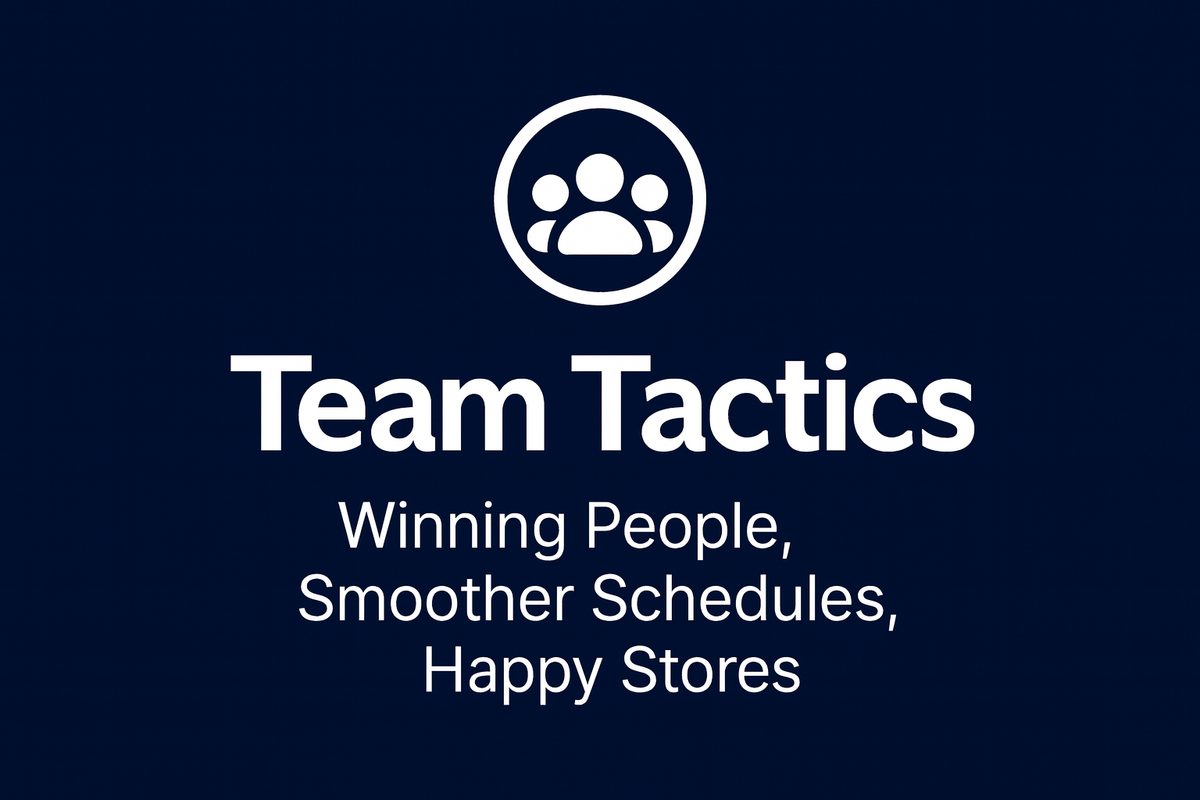
The average cost of replacing a convenience store employee has reached $3,242 for managers and $1,196 for full-time associates, according to NACS State of the Industry research, but these figures only scratch the surface of the true financial damage caused by poor hiring decisions. While the industry grapples with turnover rates exceeding 130% for full-time employees, the hidden costs of hiring mistakes create a cascade of operational problems that can drain profits for months or even years after the initial bad hire.
When Amazon's Jeff Bezos distinguished between "motion" and "movement" in corporate meetings—explaining that motion is activity without progress while movement represents actual advancement toward objectives—he identified a principle that applies directly to convenience store hiring practices. Too many operators engage in hiring "motion"—frantically filling positions to address immediate staffing shortages—rather than hiring "movement" that actually drives store performance and profitability forward.
Defining the Hidden Costs Beyond Basic Turnover
Poor hiring decisions create financial damage that extends far beyond recruitment and basic training expenses, generating cascading costs that compound over time and affect every aspect of store operations. While direct costs like advertising, interviewing, and onboarding represent the visible portion of hiring mistakes, the hidden costs often prove three to five times more expensive, according to retail hiring research from the Society for Human Resource Management.
Productivity loss represents one of the most significant hidden costs of poor hiring decisions. When convenience store employees lack the skills, attitude, or reliability necessary for effective performance, their reduced productivity creates operational gaps that require other staff members to compensate. Research from Business News Daily shows that disengaged employees can reduce overall team productivity by up to 40%, while their colleagues spend valuable time coaching, correcting mistakes, or completing unfinished tasks.
Customer service degradation creates both immediate and long-term financial consequences that many operators fail to quantify accurately. Poor hires who lack product knowledge, exhibit unprofessional behavior, or demonstrate indifference toward customer needs directly impact the shopping experience. According to customer service research, more than 60% of consumers will switch to competitors after just one poor service experience, while 68% will never return to a business after receiving inadequate service.
Increased supervision requirements drain management resources and create opportunity costs that affect strategic decision-making. When managers spend 8-12 additional hours weekly addressing performance issues, conducting remedial training, or managing conflicts caused by poor hires, this time diverts from revenue-generating activities like category optimization, vendor relationship management, or customer experience improvements.
Compliance violations and safety incidents represent potentially catastrophic hidden costs that can result from inadequate hiring decisions. Convenience stores face strict regulations regarding alcohol sales, tobacco verification, lottery operations, and food safety protocols. Employees who lack attention to detail, fail to follow procedures, or demonstrate poor judgment can expose stores to regulatory fines, legal liability, and insurance claims that dwarf basic turnover costs.
Breaking Down the Key Cost Components
Direct Recruitment and Training Expenses
Direct hiring costs encompass all expenses associated with finding, screening, and onboarding new employees, but these represent only the foundation of total hiring-related expenses. Advertising positions, conducting interviews, performing background checks, and completing initial training programs typically cost convenience stores $1,200-3,200 per hire depending on the position level, according to NACS compensation research.
However, poor hiring decisions often require repeating this entire process within months of the initial hire, effectively doubling direct costs while creating additional expenses for severance, unemployment claims, and emergency staffing coverage. When hiring mistakes force operators to restart recruitment processes, the costs compound while operational disruptions continue affecting store performance.
Indirect Productivity and Supervision Costs
Indirect costs from poor hiring decisions often exceed direct expenses by substantial margins, creating ongoing financial drains that persist throughout the employee's tenure. Reduced productivity affects not only the poor hire's individual contribution but also impacts team efficiency, customer wait times, and overall store operations, according to retail productivity research from TruRating.
Management time represents a particularly expensive indirect cost that many operators underestimate. When district managers or store managers spend excessive time addressing performance issues, their attention diverts from strategic activities that drive revenue growth. The opportunity cost of management focus proves especially significant during peak seasons, promotional periods, or operational challenges when leadership attention generates maximum value.
Operational Shrink and Loss Prevention Issues
Poor hiring decisions contribute significantly to inventory shrinkage through both intentional theft and operational errors that create preventable losses. Employee theft accounts for approximately 29% of total retail shrinkage, with internal theft cases averaging $1,203 per incident, according to National Retail Federation loss prevention research.
Beyond intentional theft, poor hires often demonstrate careless handling of inventory, inadequate attention to loss prevention protocols, and failure to identify external theft attempts. When employees lack proper training, motivation, or supervisory oversight, operational errors multiply: incorrect pricing, damaged merchandise, expired product waste, and inaccurate inventory counts all contribute to margin erosion that compounds over time.
Long-Term Brand and Customer Loyalty Damage
The most expensive hidden costs of poor hiring often emerge months or years after the initial hiring mistake, as customer relationships deteriorate and brand reputation suffers from consistently poor service experiences. Customer loyalty research shows that acquiring new customers costs five times more than retaining existing ones, making the long-term impact of poor customer service exponentially expensive.
Poor hires who create negative customer experiences generate lasting damage that extends beyond individual transactions. Dissatisfied customers share negative experiences through word-of-mouth recommendations and online reviews, creating reputation challenges that affect future customer acquisition and retention. In small communities where convenience stores depend on regular customer relationships, the reputational damage from poor hiring decisions can persist for years.
Operational Impacts of Poor Hiring Decisions
Shift Coverage and Scheduling Complications
Poor hiring decisions create immediate operational challenges that affect shift coverage, scheduling reliability, and labor cost management. When new hires demonstrate poor attendance, inadequate performance, or inability to work independently, managers must maintain additional coverage or work extra shifts themselves, according to convenience store labor management research from C-Store Dive.
The scheduling complications extend beyond simple understaffing to include quality-of-coverage issues that affect customer service and operational efficiency. Jeff Bezos' concept of "motion versus movement" applies directly to these situations: frantically scheduling additional shifts or emergency coverage represents motion—activity that addresses immediate problems without advancing toward operational objectives. Movement requires hiring employees who reliably contribute to store performance and customer satisfaction.
Emergency staffing coverage often requires overtime payments, manager overtime, or temporary staffing that increases labor costs significantly above planned budgets. When poor hires fail to meet scheduling commitments, the financial impact includes both direct overtime expenses and indirect costs from rushed service, incomplete tasks, or reduced customer satisfaction during understaffed periods.
Team Dynamics and Morale Deterioration
Poor hiring decisions create toxic team dynamics that affect employee morale, performance standards, and retention across the entire staff. When high-performing employees must consistently compensate for poor hires—covering shifts, fixing mistakes, or handling additional responsibilities—frustration and burnout rates increase substantially, according to retail team management research.
The morale impact proves particularly damaging in small convenience store teams where individual performance affects everyone's work experience. Poor hires who demonstrate unprofessional behavior, fail to meet basic performance standards, or create interpersonal conflicts can drive away valuable employees who have better employment alternatives.
Performance standard erosion represents another significant team impact from poor hiring decisions. When managers fail to address poor performance promptly or consistently, other employees may reduce their own effort levels, creating a decline in overall operational standards that affects customer service, cleanliness, and operational efficiency.
Customer Experience and Service Quality Degradation
The customer-facing nature of convenience store operations makes hiring quality critical for maintaining service standards and customer satisfaction. Poor hires who lack product knowledge, demonstrate unprofessional attitudes, or fail to execute basic service protocols directly impact customer perceptions of store quality and value, according to customer experience research from Sigma Connected.
Service quality degradation from poor hiring creates compounding negative effects that extend beyond individual transactions. Customers who experience poor service often reduce visit frequency, decrease average transaction size, or switch to competitor locations, creating long-term revenue impacts that far exceed the direct costs of hiring mistakes.
The operational inefficiencies created by poor hires—slower checkout processes, inaccurate transactions, or inadequate problem resolution—affect customer wait times and satisfaction levels during peak traffic periods when efficient service proves most critical for revenue generation.
Practical Applications for Cost Prevention
Calculating True Hiring Mistake Costs
Operators can quantify the actual financial impact of hiring mistakes by tracking both direct and indirect costs associated with poor performance, customer complaints, and operational disruptions. The calculation should include recruitment expenses, training investment, management time, productivity losses, customer service impacts, and replacement costs to determine the total cost of poor hiring decisions.
A systematic approach to cost calculation involves tracking key metrics: time-to-productivity for new hires, customer complaint rates during employee tenure, shrinkage patterns associated with specific employees, and management time devoted to performance issues. This data provides objective foundations for improving hiring processes and justifying investment in better screening and training programs.
Implementing Better Screening and Assessment Processes
Effective screening processes prevent poor hiring decisions by identifying candidates who possess the skills, attitude, and reliability necessary for convenience store success. Behavioral interviewing techniques, skills assessments, reference checks, and trial work periods can reveal candidate suitability more accurately than traditional interview approaches, according to retail hiring best practices research.
Background checks prove particularly important for convenience store positions that involve cash handling, age-restricted product sales, and access to inventory or sensitive areas. Thorough screening processes require time and investment but prevent the much higher costs associated with hiring mistakes and subsequent operational problems.
Investing in Comprehensive Onboarding and Training
Proper onboarding and training programs transform hiring motion into hiring movement by ensuring new employees develop the knowledge, skills, and attitudes necessary for immediate contribution to store success. Comprehensive training reduces the likelihood of performance problems, compliance violations, and customer service issues that generate hidden costs.
Structured training programs should cover product knowledge, customer service standards, loss prevention protocols, safety procedures, and operational systems to ensure new employees can perform independently and effectively. Investment in quality training programs pays dividends through reduced supervision requirements, fewer operational errors, and improved customer satisfaction.
Creating Systems to Prevent Recurring Hiring Mistakes
Successful operators develop systematic approaches to hiring that emphasize movement toward operational objectives rather than motion to fill immediate staffing gaps. These systems include standardized job descriptions, consistent interview processes, objective evaluation criteria, and regular assessment of hiring outcomes to identify and address recurring problems.
Documentation and analysis of hiring results enable continuous improvement in recruitment and selection processes. By tracking which hiring approaches generate the best long-term results, operators can refine their methods to reduce the likelihood of costly hiring mistakes while building stronger, more reliable teams.
Store owners who recognize and systematically address the hidden costs of poor hiring decisions create substantial competitive advantages through improved operational efficiency, enhanced customer satisfaction, and reduced employee turnover. The discipline of treating hiring as strategic investment rather than operational necessity transforms workforce development from cost center into profit driver, enabling sustained growth and profitability in an increasingly competitive convenience store environment.
The convenience store industry's continued evolution toward service-oriented operations makes hiring quality increasingly critical for success. As prepared food programs, customer service expectations, and operational complexity continue expanding, the ability to hire and retain qualified employees becomes essential rather than optional. Operators who master the discipline of strategic hiring position themselves for sustained competitive advantage while avoiding the hidden costs that drain profitability and operational effectiveness.
This article is part of the weekly "Team Tactics" series from C-Store Thrive.
Found this analysis helpful? Share C-Store Thrive with fellow convenience store owners who want to build stronger, more profitable teams.
Sources:
NACS, Society for Human Resource Management, Business News Daily, TruRating, National Retail Federation, C-Store Dive, Sigma Connected, Petrosoft, Qualtrics, Forbes, Quest Search, Retail for the People, Convenience Store News
